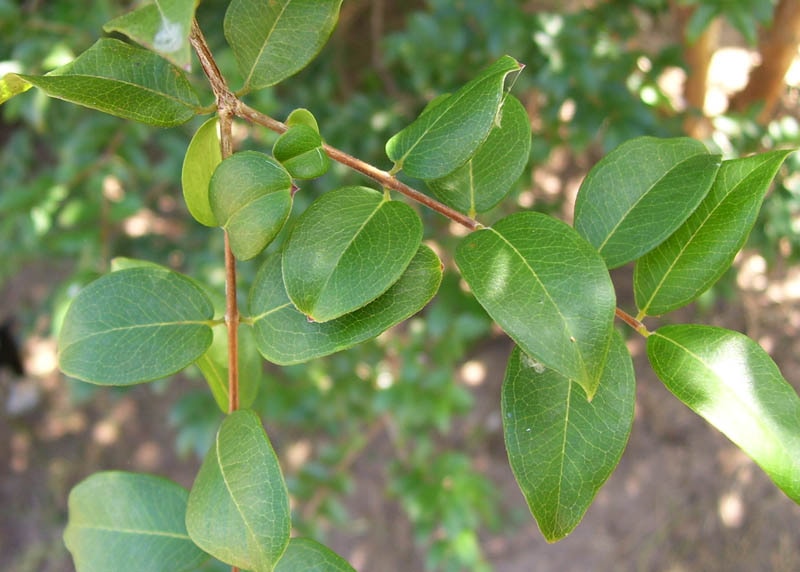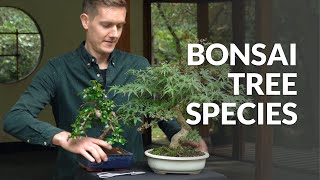Jabuticaba Bonsai Care guidelines
Warmth and sun are essential for flowering and fruiting. The Jaboticaba grows slowly at low temperatures. When the temperatures fall below 50 °F, it must be protected from the cold and wind. In colder climates the tree can be overwintered indoors under grow lights. In very hot climates, partial shade should be provided in summer during the hottest hours of the day.
From spring to fall the Jaboticaba tree grows strongly, with high water consumption. In summer, the rootball should be kept moist and must not dry out completely. Overwatering, however, can provoke root rot which can even kill the tree, if not eliminated. In winter let the soil of the Jaboticaba get dry at the surface before watering. Use lime-free water with a neutral or slightly acidic pH value. Try to provide a rather high humidity. Continue reading about watering Bonsai trees.
Watering
Free lecture from the Beginners CourseDuring the growing season, when the Jaboticaba bonsai tree grows vigorously, feed it every month with a solid organic fertilizer rich in Phosphorus (P) and micronutrients or use a liquid product every week. After repotting, wait one month until you continue fertilizing. Sick trees must not be fertilized until they start to recover.
Trim the shoots and twigs several times a year, except in winter, to maintain the shape of your tree. Drastic pruning should be done by the end of winter. Wounds heal over quite well and the tree buds even on old wood. Remove dead leaves and eliminate suckers and shoots which compete with the existing larger branches.
The Jaboticaba can be wired, but take care to remove the wire in time to prevent ugly scars on the beautiful smooth bark. Use guy wires instead whenever possible. After the basic shape of the tree is established the tree can be maintained mostly by trimming. Continue reading about pruning Bonsai trees.
Repot the Jaboticaba every two years in early spring when it starts to grow. Use a moisture retaining but at the same time well draining soil. Azalea soil like Kanuma is a good choice, as the Jaboticaba prefers slightly acidic soil with a pH value of 5.5 to 6.5. The roots can be pruned by up to 50%. Continue reading about repotting Bonsai trees.
The Jaboticaba can be propagated from seeds, but as seedlings take a long time to produce fruit, air-layering a branch that is already bearing fruit is a good alternative. The ideal time for air-layering is at the end of winter.
Aphids, scale or nematodes can attack the Jaboticaba. Use a specific insecticide in those cases and try to improve your tree's living conditions. Jaboticabas are vulnerable to a number of fungal diseases like rust, especially when a lot of rain occurs during bloom, canker, dieback and fruit rot. A specific fungicide is needed in those cases. Birds and other animals like to steal the tasty fruit. For more detailed information on these techniques, check out our Bonsai tree care section.

Jabuticaba bonsai tree

Leaves of the Jabuticaba

Jaboticaba bonsai (Myriciaria Cauliflora)

Jabuticabeira bonsai

Jabuticaba bonsai
General information about the Jabuticaba Bonsai tree
The tree grows 20 – 30 feet tall, in rarer cases up to 50 feet, and can become one hundred years old in nature. The smooth bark flakes off in patches and has a grayish and orange-brown spotted color. The simple leaves have an ovate to elliptic shape with a pointed tip and grow in an opposite pattern. Small whitish flowers with many stamens appear directly on the trunk and main branches, followed by sweet black round fruit which contain 1 to 4 seeds each. They can be eaten raw or made into jelly, syrup or liqueur. The Jaboticaba is an attractive species for bonsai and can be styled in many shapes, but something between informal upright and broomstyle is most appropriate. The Brazilian Grape Tree, which is another popular name for the Jaboticaba, is quite easy to care for, but it is not frost-hardy.
If you need help identifying your tree, take a look at our Bonsai tree identification guide.





